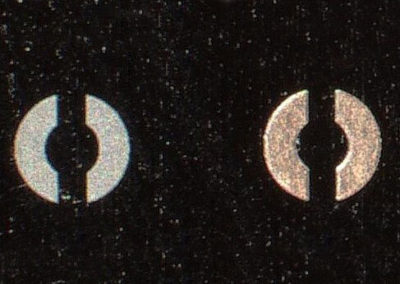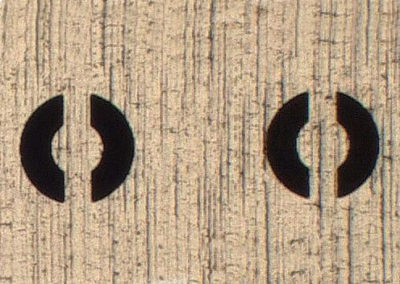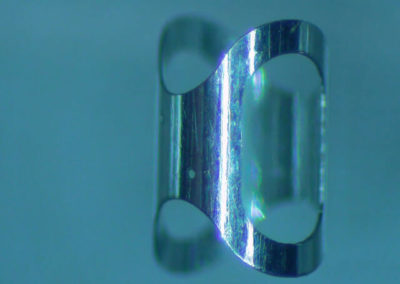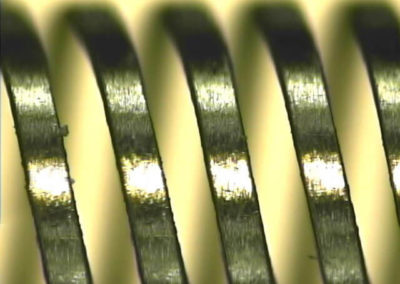Laser Scribing and Cutting Services
Overview

Laser cutting of virtually any thin material is nearly always accomplished best by laser cutting, which performs with greater accuracy and less damage than any other method. Using a full array of Infrared and Ultraviolet wave lengths, Laserod has developed procedures for laser cutting of hundreds of types of material, ranging from softer materials (e.g., aluminum) to diamonds and very delicate films.
In recent years, picosecond and femtosecond laser cutting has become more and more in use in implanted medical devices such as stents, which are made to rigorous tolerances (often 10-20 microns) and must show no damage to the material. Because of the potential of damage that can result from precision laser cutting, an accompanying gas, usually oxygen or nitrogen, is often used. Given Laserod’s over forty years of experience with lasers working on a vast array of material types, our experienced personnel know which gas works best with each material, and precisely how much will achieve the desired result.

Equally important are positioning devices, such as stages or galvanometers, which operate at a multiplicity of speeds. Laserod’s production facility has positioning devices for all shapes, including tubes, that can operate at speeds from a dead stop to several meters per second.
One advantage of laser cutting versus other methods is the laser’s ability to cut a single layer or several layers of a multi-layered laminate without affecting other layers on the board. Such demanding requirements can only be done with precision laser cutting.
For further detailed information, contact our Sales Department or Request a Quote.

Laser Types
Femtosecond
1064nm/532nm/355nm wavelengths
Picosecond
1064nm/532nm/355nm wavelengths
Nanosecond
1064nm/532nm/355nm/266nm wavelengths
Materials
- Stainless Steel
- Aluminum
- Glass
- Sapphire
- Ceramic
- Plastics
- Silicon
- Diamond
- Kapton
- Copper
- Carbon Fiber
- Composites
**Plus many others**
Specs
Substrate Size: Up to 700mm x 700mm
Substrate Thickness: Up to 3mm
Kerf Width: Down to 10um
Feature Registration: +/-5ums
























